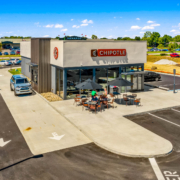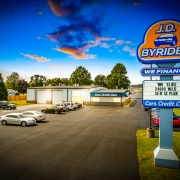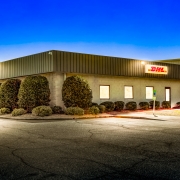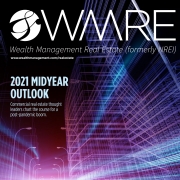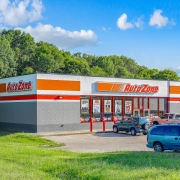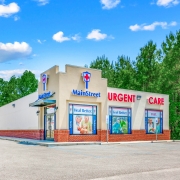The New Face of QSR Properties: Adapting to Changing Consumer Behaviors
In the ever-evolving Quick Service Restaurant (QSR) landscape, staying ahead of changing consumer behaviors is not just an advantage—it’s a necessity. Today’s QSR properties are not merely about fast food; they’re about smart, sustainable choices, technological advancements, and a commitment to quality that resonates with a new generation of consumers. It’s also becoming increasingly evident that in this dynamic arena, the role of informed, expert guidance cannot be overstated. This is where our team of product-type specialists come into play, offering expertise and insight into the QSR investment landscape, ensuring our investors are not just keeping pace but actually setting the pace in the industry. Read more →

